Every cat owner knows that moment when playtime suddenly turns from pure joy to chaos. One second your feline friend is happily chasing a feather wand, the next they’re attacking your ankles with the fury of a tiny tiger. Welcome to the wild world of overstimulation, where that adorable ball of fluff can transform into a whirlwind of claws and teeth faster than you can say “meow.”
Understanding when your cat crosses from engaged play into overstimulation territory isn’t just about protecting your hands and feet. It’s about respecting your cat’s boundaries and ensuring they feel safe and comfortable in their own home. An overstimulated cat may act either aggressively or fearfully, and it’s important to recognize when your cat gets overstimulated so you can help them manage their behaviors. When cats become overstimulated, this is a psychological response to the cat being overwhelmed by some external factor, such as excessive petting or the presence of other animals.
So let’s dive into the telltale signs that your cat has had enough excitement for one day.
Dilated Pupils That Look Like Saucers

If your cat has eyes like saucers, with really big pupils, this could be a sign that they’re overstimulated. Those wide, dark circles aren’t just cute – they’re your cat’s way of saying their nervous system is in overdrive. If your cat’s pupils are wide and their body language is tense, they might be feeling scared or overstimulated.
Think of it like when you’re startled by a sudden loud noise. Your pupils dilate to take in more visual information, preparing you for whatever might come next. Irritated or over-stimulated: Pupils dilated, ears turned back and tail twitching or waving – your cat may growl or put their teeth on you as a warning to cease and desist. When you see those enormous pupils during play, it’s time to slow things down before your cat reaches their breaking point.
Ears Pinned Back Against Their Head
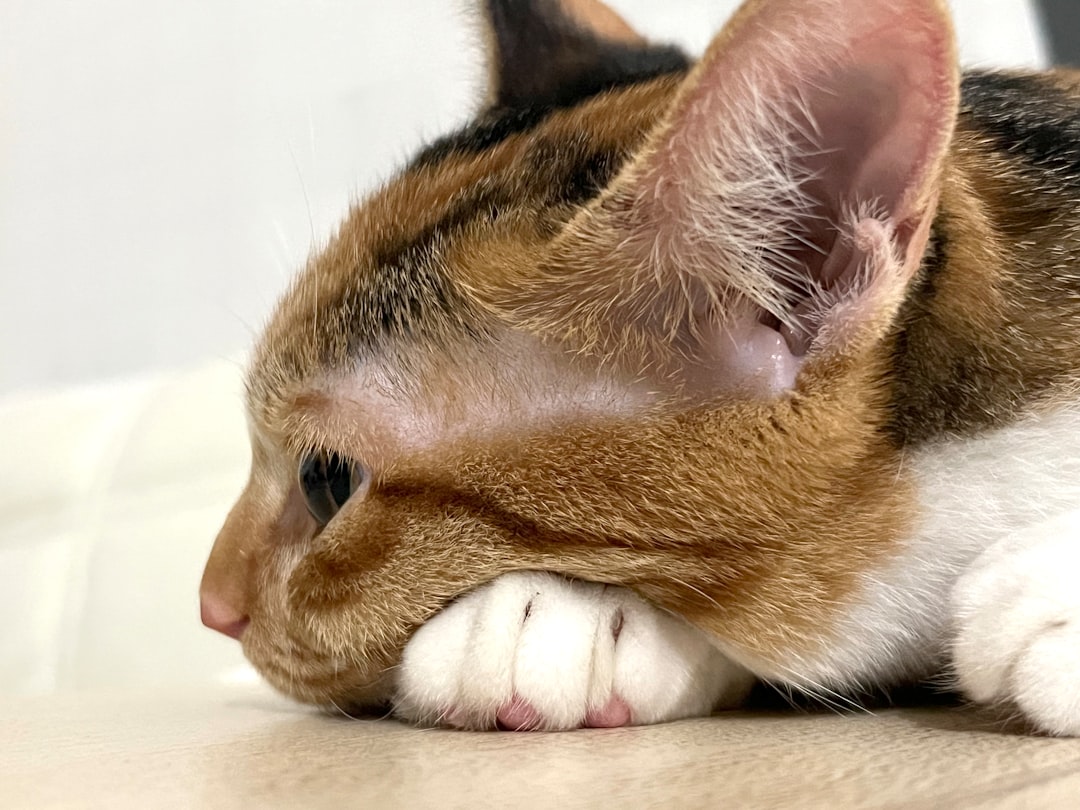
Cat ears are like emotional radar dishes, constantly adjusting to reflect their inner state. Their ears will be turned back or flat against their head and their whiskers might be flat against their cheeks or pushed forward. When those triangular antennae flatten completely against their skull, you’re looking at a clear distress signal.
The “airplane ears” position is a dead giveaway for stress. When cats flatten their ears to the sides of the head, creating a horizontal line, anxiety levels rise. Ears pinned completely back against the head indicate fear or preparation for defense. This defensive posture protects their sensitive ears while preparing them for a potential fight. It’s nature’s way of saying “I’m not having fun anymore.”
Tail Thrashing Like a Whip
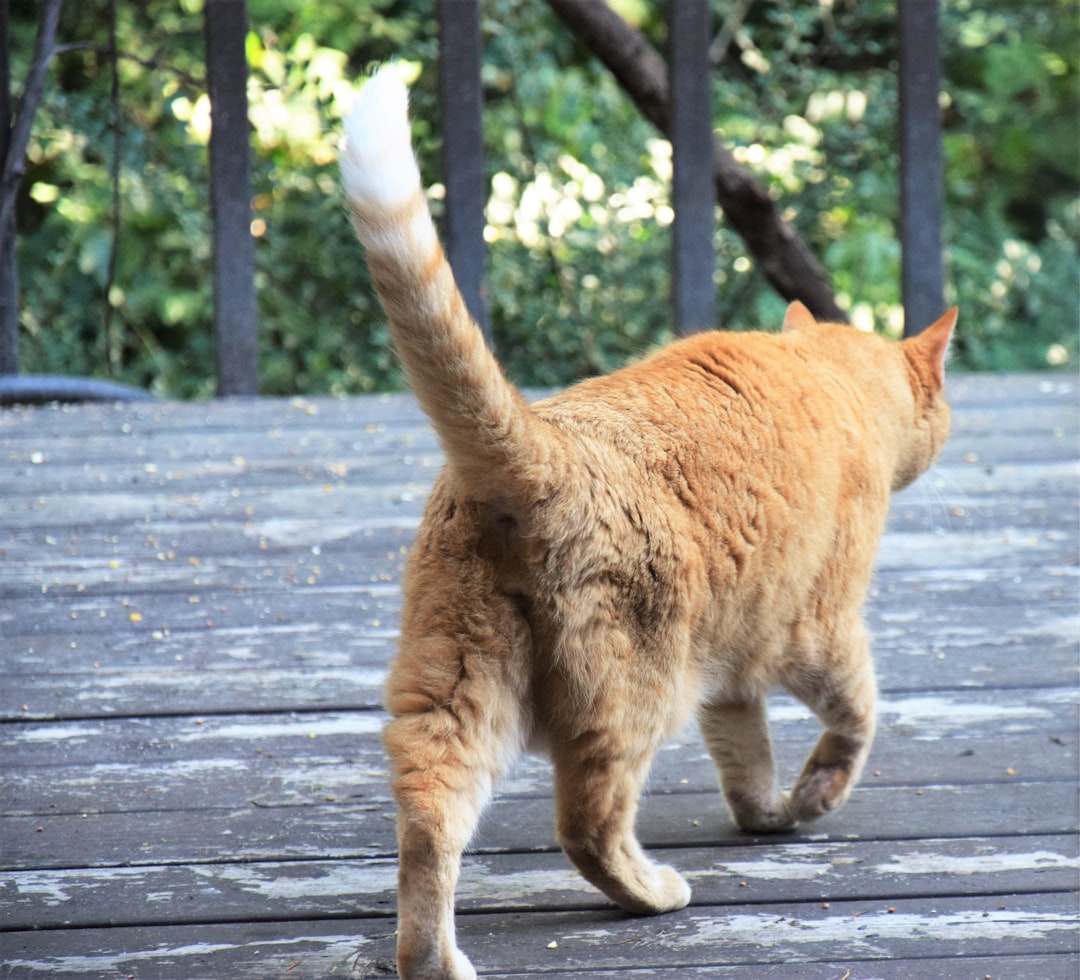
A thrashing or whipping tail signals overstimulation or irritation, your cue to back off immediately. Unlike the gentle swish of a content cat, an overstimulated feline’s tail moves with aggressive intensity. When a cat is flicking the tail, the cat is usually agitated and upset; this is a sign to not interact with the cat.
Watch for the difference between playful tail movements and agitated thrashing. But here’s where many people get confused: cats engaged in hunting or play often flick their tails in quick, controlled movements. Watch the rest of the body to distinguish between annoyed tail thrashing and focused hunting behavior. An overstimulated cat’s tail whips back and forth with obvious tension, often accompanied by other stress signals.
Sudden Aggressive Pouncing on Your Hands or Feet
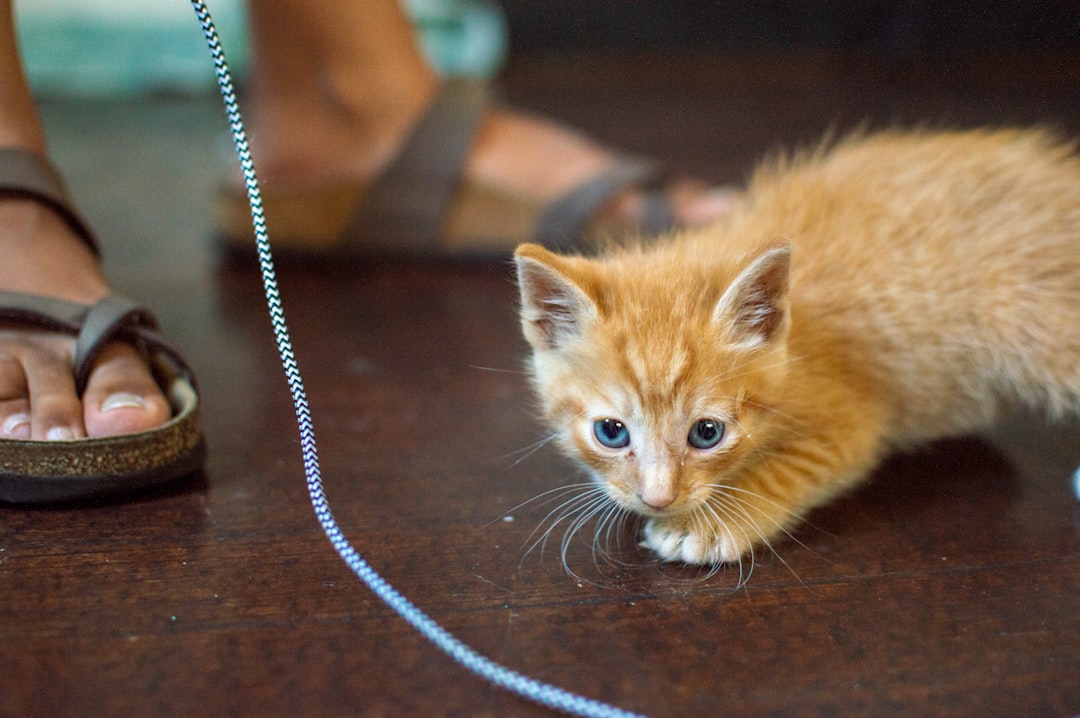
Overstimulation while playing occurs when a cat redirects play behaviors on a person by biting, scratching, or pouncing on hands, feet, ankles, or other body parts. This behavior can catch you completely off guard, especially if your cat seemed perfectly happy just moments before. Perhaps the cat plays nicely then suddenly grabs onto a human hand and “bunny kicks” and bites, or seems addicted to stalking and pouncing on human fingers and toes.
That innocent-looking ankle grab followed by rabbit kicking isn’t playful anymore. In the second example, the cat is just so into the hunting and play behaviour, he has crossed over a line into seeing you as part of the predator/prey scenario. Your cat’s hunting instincts have kicked into high gear, and unfortunately, you’ve become the target.
Skin Rippling Along Their Back
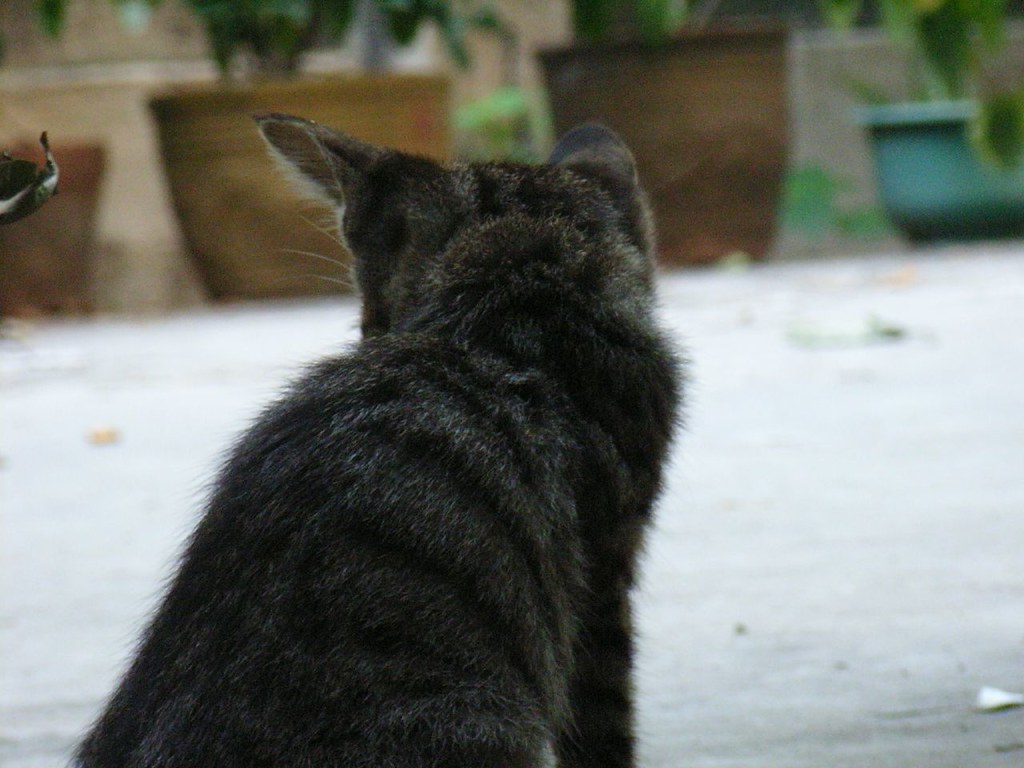
Low growling or hissing are vocalisations that clearly signal the cat feels threatened, while skin twitching along the back can be a sign of agitation or overstimulation. This strange rippling effect looks like waves moving under your cat’s fur, almost as if they’re getting chills. Common signals to look for include: tail swishing, skin twitching over the back, flattening of the ears, tenseness, dilated pupils, low growl, walking away and lying down.
When you see that skin dancing across their back, their nervous system is literally vibrating with overstimulation. It’s like their body can’t contain all the excess energy and excitement, so it shows up as visible muscle twitches. This is definitely a sign to give your cat some space to decompress.
Excessive Vocalization and Growling
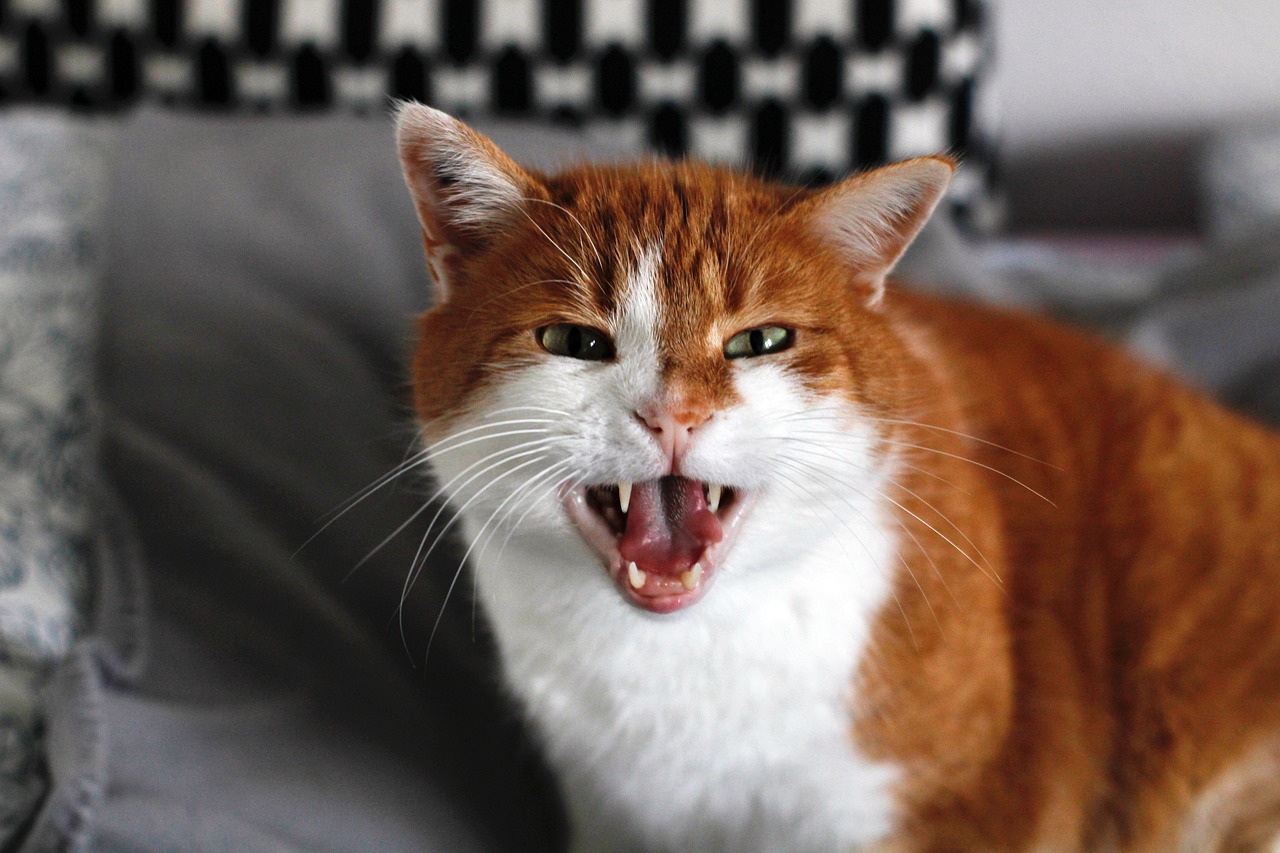
Signs your cat is becoming overstimulated and may bite or scratch include: wide eyes with dilated (large) pupils, purring, loud meowing, growling or other vocalizations, rippling fur or skin on the back, excessive rubbing on you or weaving through your legs, high and stiff vibrating tail or twitching tail tip, large side-to-side swooping tail and puffed up fur or tail (piloerection). When playtime sounds more like a heated argument than fun, your cat is trying to tell you something important.
Those guttural growls aren’t part of the game anymore. Irritated, over-stimulated: Pupils dilating, ears turning back, tail twitching or waving. The cat may growl or put her teeth on you as a warning to cease and desist. Think of these vocalizations as your cat’s last verbal warning before they resort to physical methods of communication.
Attacking Moving Objects Frantically
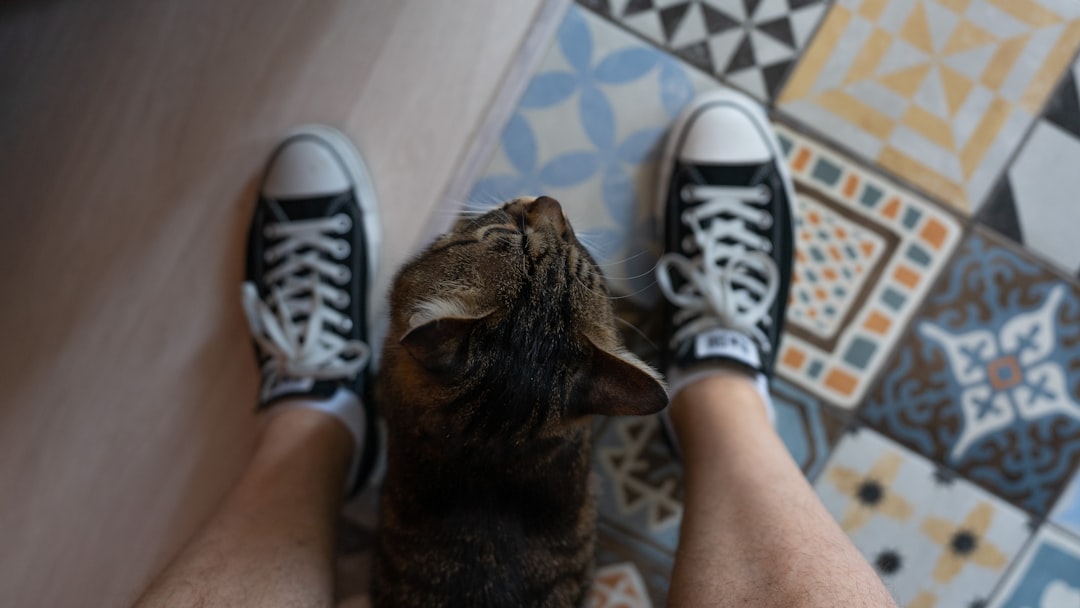
This could mean that they attack your feet or chase your pants leg as you walk around the house minding your own business. When overstimulated, cats lose the ability to distinguish between appropriate toys and everything else that moves. Overstimulated cats might scratch furniture or carpets, but that’s not all. Lashing out with their paws and claws can be a sign of overstimulation in cats.
Suddenly, your moving feet become irresistible prey that must be hunted with extreme prejudice. If your cat attacks your feet when you walk by or hides behind objects in order to pounce, carry some small toys such as glitter balls or treats in your pocket so you can toss them away from you. This frantic energy needs an outlet, and unfortunately, you might be the closest target.
Hyperactivity and Zoomies
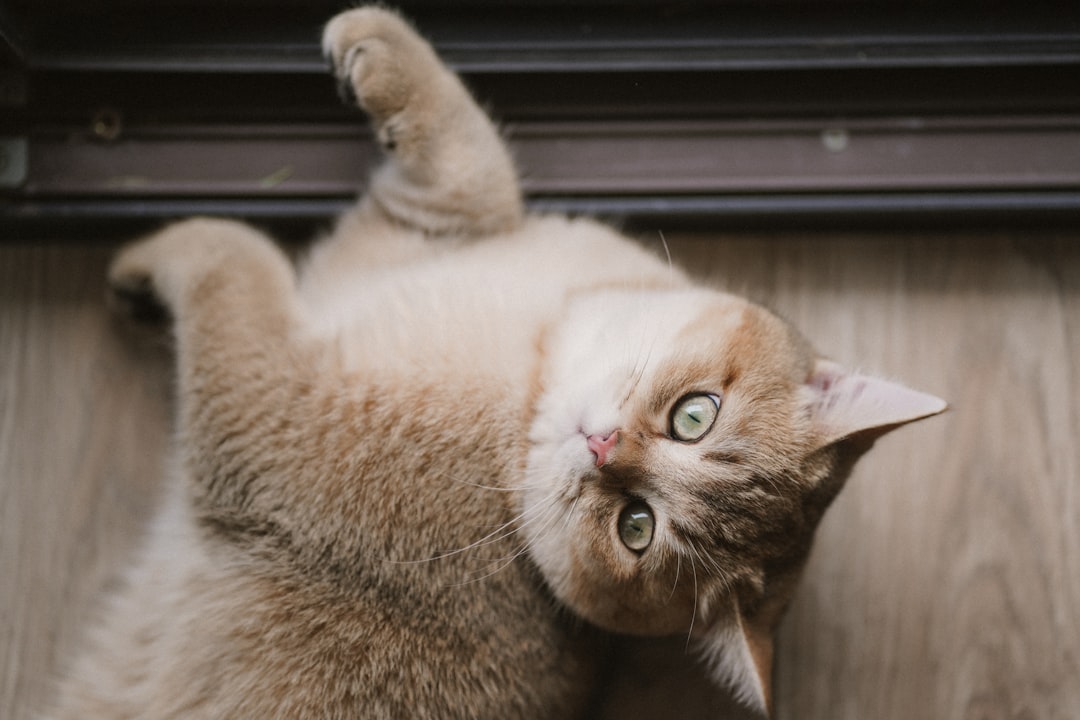
It’s not just dogs that do zoomies – cats do, too. If your cat is overstimulated, overexcited, or on high alert, you might notice them tearing around and around the room at a rate of knots. These sudden bursts of manic energy can transform your living room into a racetrack as your cat careens off furniture and walls.
This often leads to zoomies, which gets their heart pumping fast and gets them in a playful mood, which could lead to overexcitement. While zoomies can be normal cat behavior, when they occur during or immediately after play sessions, they often signal that your cat’s excitement levels have peaked beyond their comfort zone. The frantic running becomes less playful and more desperate, as if they’re trying to burn off overwhelming energy.
Puffed Up Fur and Arched Back
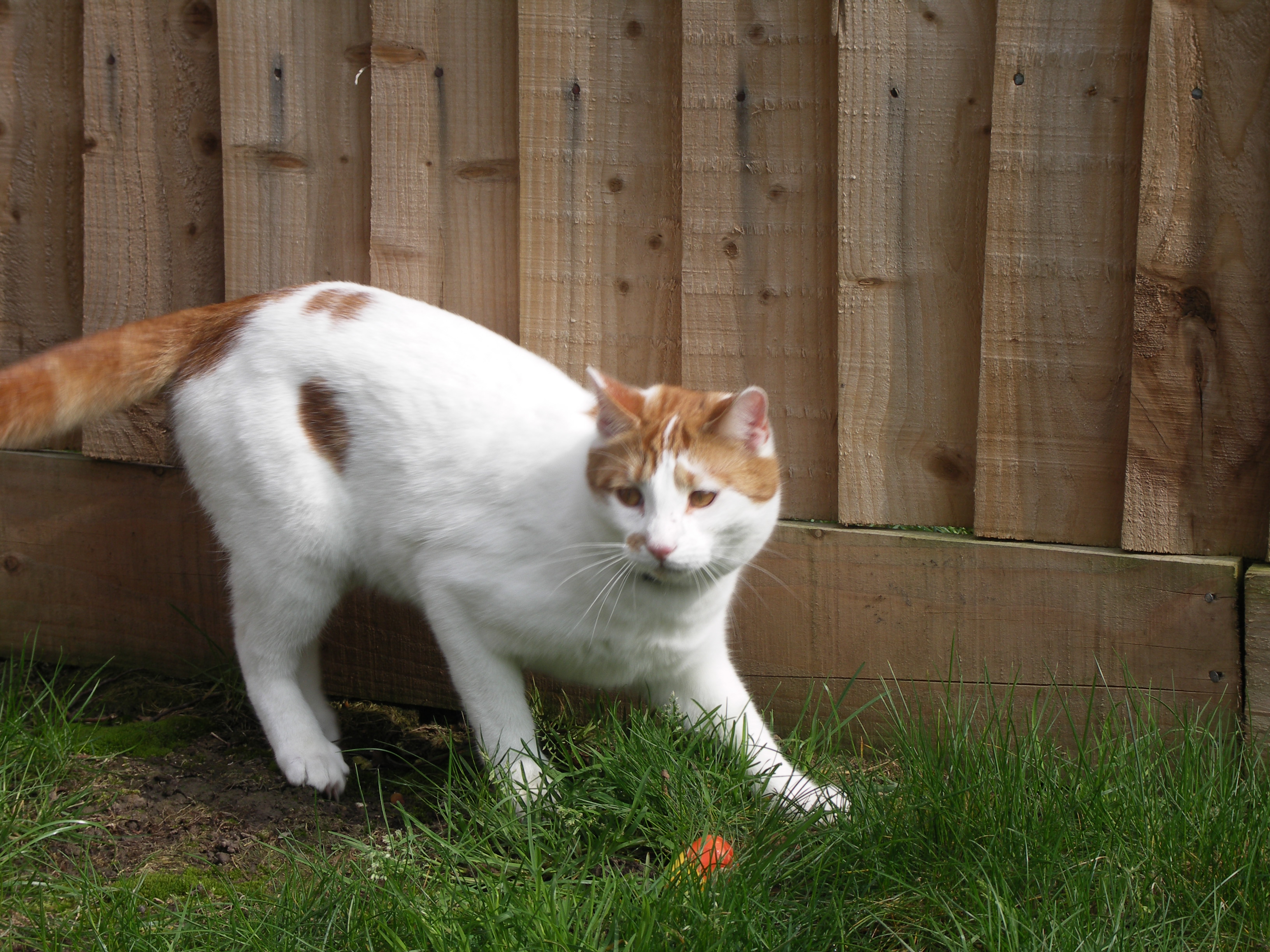
A tail that’s puffed up like a bottle brush means genuine fear and readiness to fight or flee. When your cat transforms into what looks like a furry Halloween decoration, they’ve moved well past overstimulation into genuine distress. When a cat feels threatened and is on the verge of aggression, they often exhibit an arched back with fur standing on end, making them appear larger and more intimidating. Their tail will be puffed up, reflecting fear or readiness to defend themselves.
This dramatic posture is your cat’s attempt to look bigger and more threatening to whatever they perceive as a threat. Even though you were just playing together, their overstimulated brain has shifted into survival mode. The arched back and puffed fur are unmistakable signs that playtime needs to end immediately.
Sudden Freezing or Complete Withdrawal
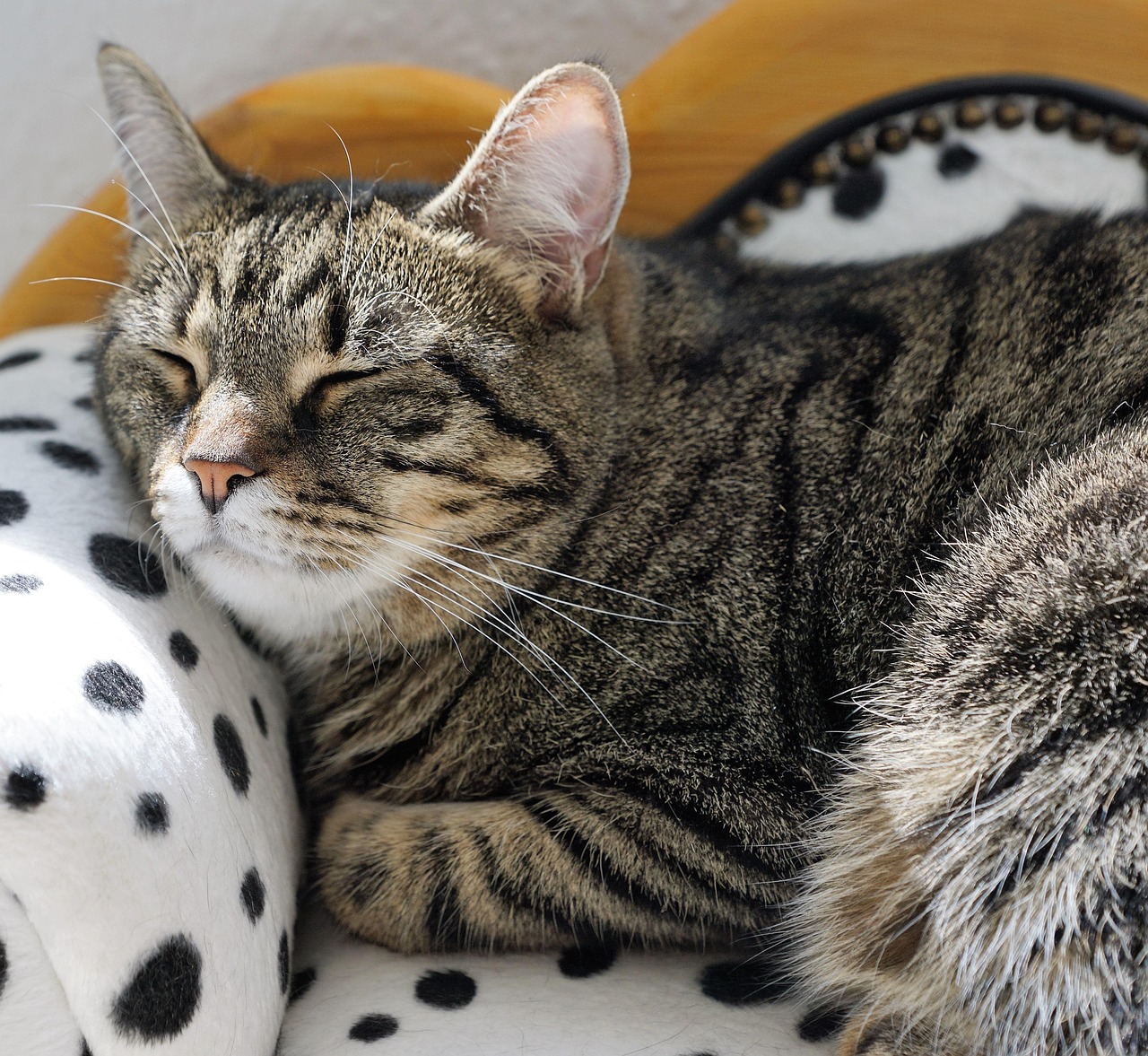
When your cat is overstimulated, the first step to take is to stop the interaction or remove the cause of the overstimulation. This may include ending a petting session, stopping play, turning off household appliances, or dimming the lights. Place your cat in a quiet, private location until they calm down. Sometimes overstimulation doesn’t look frantic – it looks like a complete shutdown.
Your cat might suddenly stop moving entirely, becoming statue-still with wide eyes. Common signals to look for include: tail swishing, skin twitching over the back, flattening of the ears, tenseness, dilated pupils, low growl, walking away and lying down. This freeze response is just as significant as aggressive behavior. If your cat exhibits any of these signs, end the interaction. Calmly walk away and give her some space. If she is on your lap, slowly stand up and let the cat gently slide off.
Conclusion
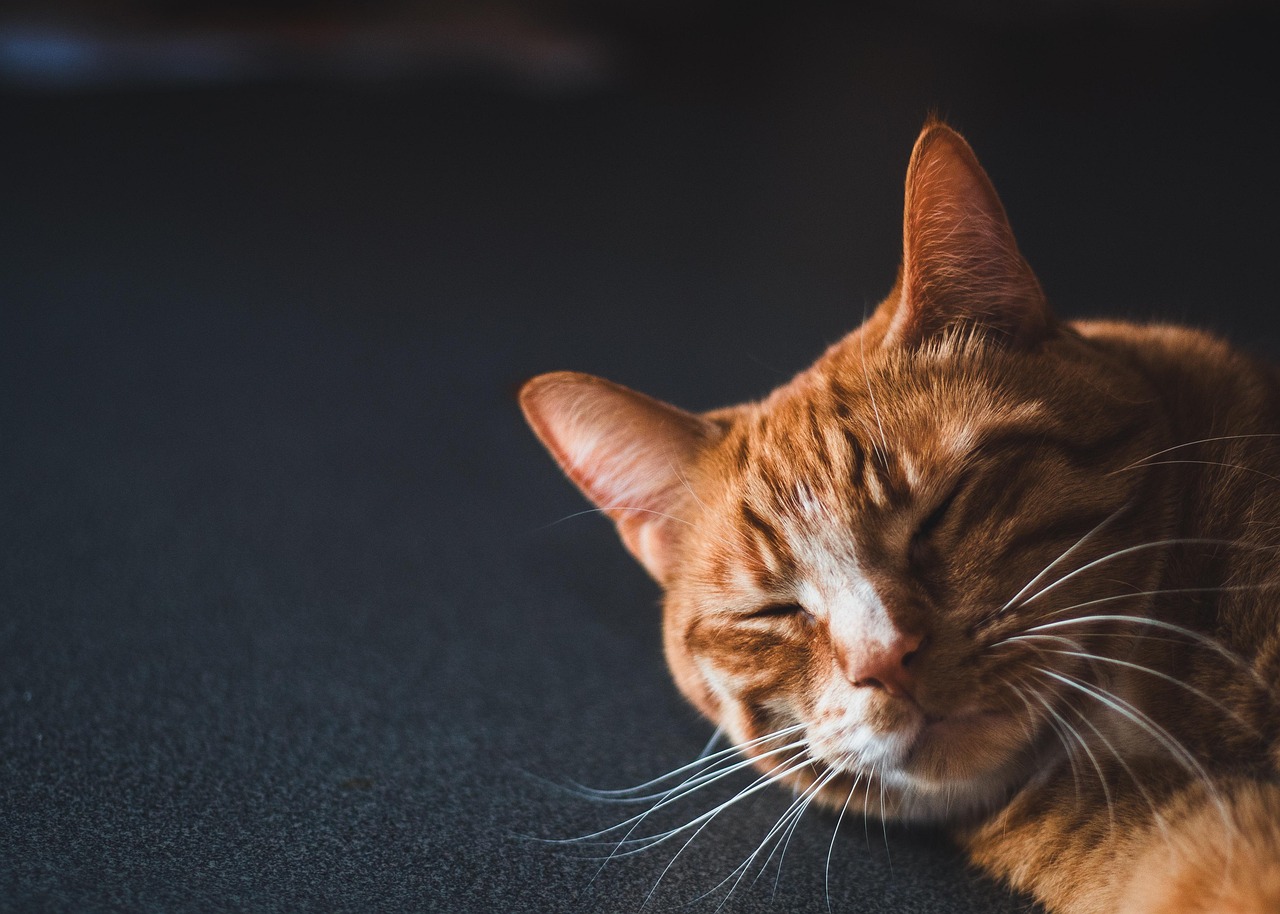
Recognizing these signs of overstimulation isn’t about limiting your cat’s fun – it’s about ensuring they always feel safe and respected in their interactions with you. Most cats need anywhere from a few minutes to several hours to reset after they have become overstimulated. The key is learning your individual cat’s signals and responding appropriately before things escalate.
The best way to help cats with overstimulation is by providing daily enrichment, scheduled play/hunt sessions, and even trying to clicker train your cat. Remember, every cat has different tolerance levels, and what overstimulates one might barely affect another.
What signs have you noticed when your cat gets overstimulated? Tell us in the comments – your experience might help another cat owner avoid those surprise ankle attacks.





